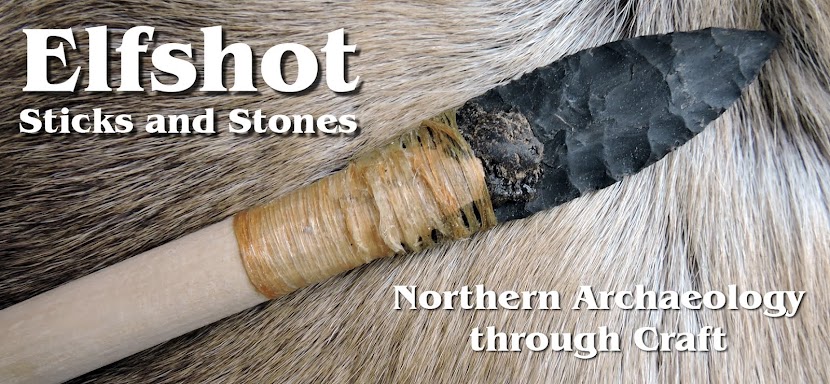
When I think about
Remembrance Day, I think about my dad's dad, Gustav
Rast. He enlisted with the Polish army in World War I. At the time it was a good opportunity for a young man. He joined because they would send regular pay back to his family. Although living in Poland, grandpa was German and his brothers joined the German army, but grandpa didn't like how strict the Germans were so he joined the Polish forces instead. However, the fighting didn't end for Gustav when the Great War ended in 1918. Poland found itself an occupied country and grandpa
continued fighting against the Bolsheviks between 1918 and 1921 for Poland's Independence from Russia.
Even when the fighting was over and Grandpa sold his team of horses for passage on a ship to Canada in the 1920s the war never left him. After a year of saving, he sent money back to Poland to bring his young wife and 3 small children (they had five more later) over to Saskatchewan. He exchanged letters for many years with his brothers who continued to live in Germany after the War, but when World War II broke out Grandpa destroyed all those correspondences. Grandpa didn't talk to his kids about his experiences in the First World War at that time, that would come later.

During World War II grandpa became very paranoid. German immigrants in Canada weren't allowed to own guns. Grandpa had a .22 rifle that he used for hunting rabbits to feed the family. He wrapped it in tar paper and took it out on to the
prairie to hide in a rock pile until after the war. His oldest son,
Erwin, followed grandpa to see where the gun was hidden. Erwin would have been 12 or 13 and he took his seven or eight year old brother Otto out to the rock pile to show him the gun.
Erwin convinced Otto that since he knew where the gun was now he would get in trouble if his parents ever found out that
Erwin was sneaking out and playing with it. Eventually
Erwin broke the gun and threw it away. When grandpa went to retrieve the .22 after the war and found it missing he spent years wondering who found it and was convinced that the government was watching him.
Erwin died in a car accident when he was still a teen and Otto didn't want to tarnish his memory with his father so he never told Gustav the truth about the rifle.

Grandpa didn't talk about the war until much later, but he spoke of it often after my grandma died. My earliest memories of my grandpa are of him sitting at his kitchen table in Saskatchewan talking to my dad in English and German about the War. It was over 60 years later and those memories were still right on the surface for him. He talked a lot about his friends and how random it was between who lived and who died. He'd say over and over again "Where was my bullet? So many good boys got killed... where was my bullet?" In fact, he was shot on at least one occasion and he could recall listening to the two Russian soldiers standing over him debating whether or not to shoot him again. They decided to leave him there. Grandpa could understand Russian and he heard one soldier convince the other not to waste a bullet, because this one would die anyway. On that occasion the Red Cross found young Gustav and patched him up. But thinking back, grandpa carried all those wounds in his head for the rest of his life. He
dwelled on all his friends being lost and the many times he was held as a prisoner of war.

On my mom's side, she lost an uncle, Leonard Johnson, in World War II. He was an observer on board an
RCAF bomber and went missing on July 29, 1943 in a raid over Hamburg. Like so many Canadian families, my mom's family were left wondering for decades whatever happened to him. In the family portrait on the left,
Ragna was my grandma. Leonard was missing for years, although his grave has been located since. I believe he's buried in the Netherlands. Maybe someone in my family reading this could help fill in more details on my Great-Uncle Leonard.
Edit: Leonard is buried in the British Cemetery in Hamburg, Germany.
Photo Credits:First-Third: Family Photos
Bottom: Family Photos from Mabel Johnson's self published
memoir "Yesterday Remembered"
Photo Captions:First: Gustav
Rast, my grandpa. The photo has the following caption handwritten in ink on the back:
1919 G Rast awarded the bravery award for occupying the city of Litau by Poland's army at EasterSecond: Grandma Eva and children, Erma, Otto, and Frieda in Canada 1930/31
Third: Grandpa and his friends. Grandpa is seated in the middle
Bottom: My Great Uncle Leonard Johnson, and Leonard with his siblings and parents.
 On the last two tests of the harpoon and gel, Lori and I took over 500 photos and videos. Many of those were action shots with 20 or 30 images making up a second or two of movement. Here's some that show things going wrong or almost working, like this mostly toggled harpoon head.
On the last two tests of the harpoon and gel, Lori and I took over 500 photos and videos. Many of those were action shots with 20 or 30 images making up a second or two of movement. Here's some that show things going wrong or almost working, like this mostly toggled harpoon head.















































